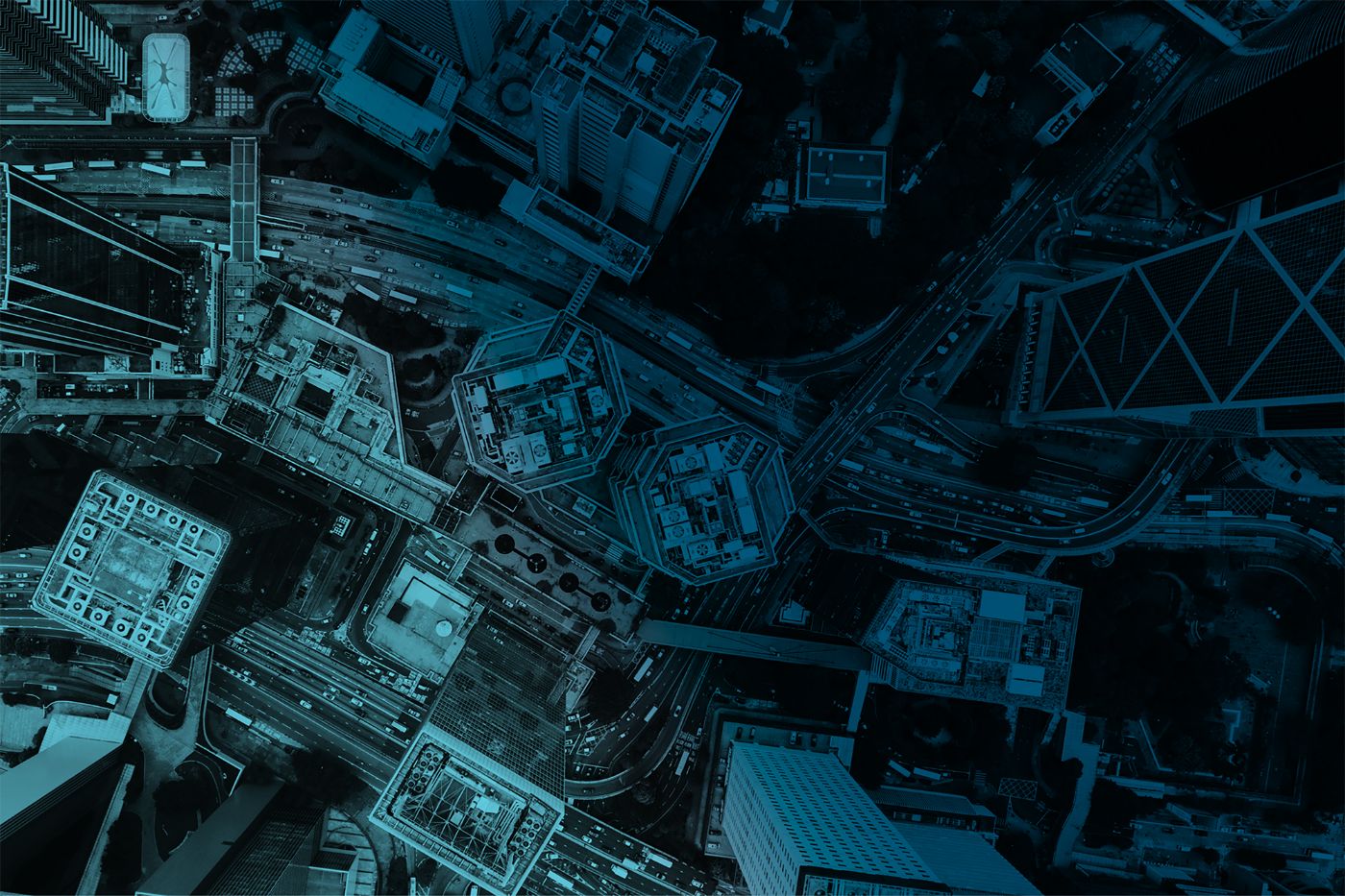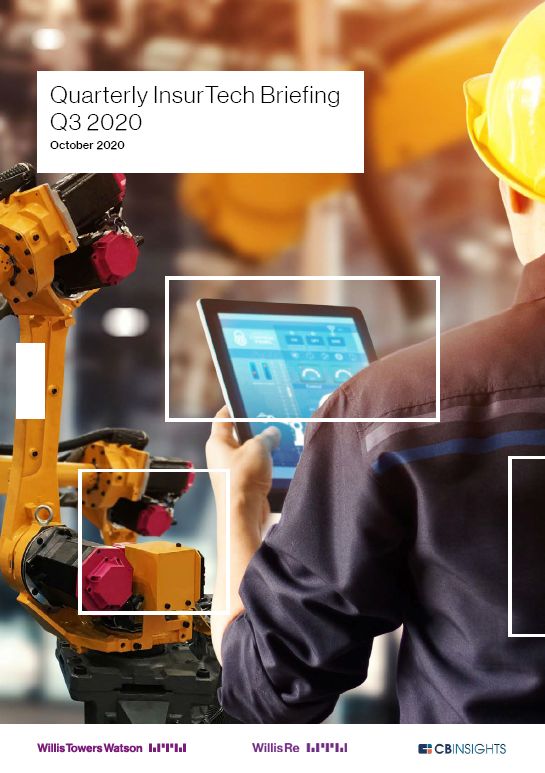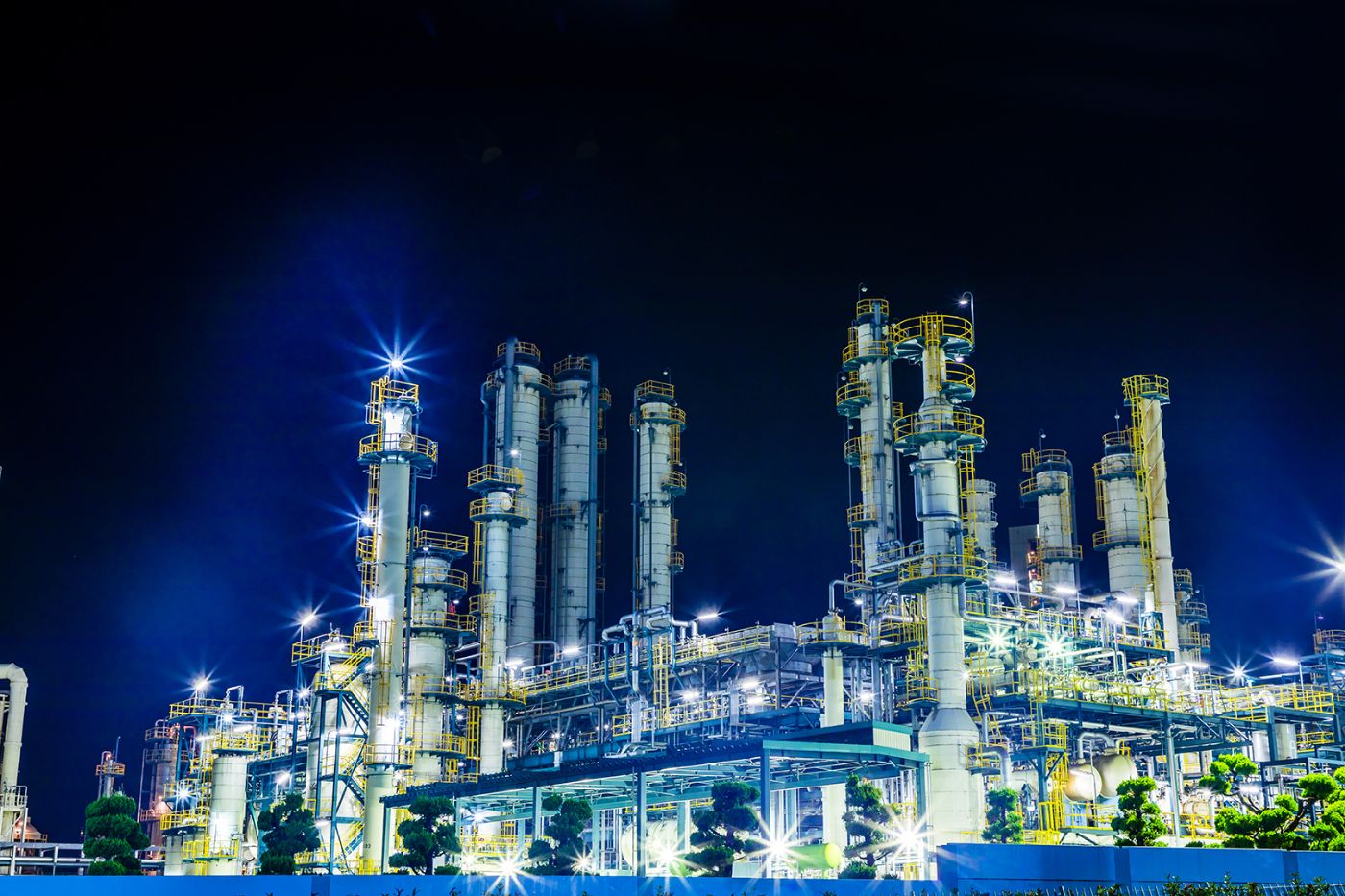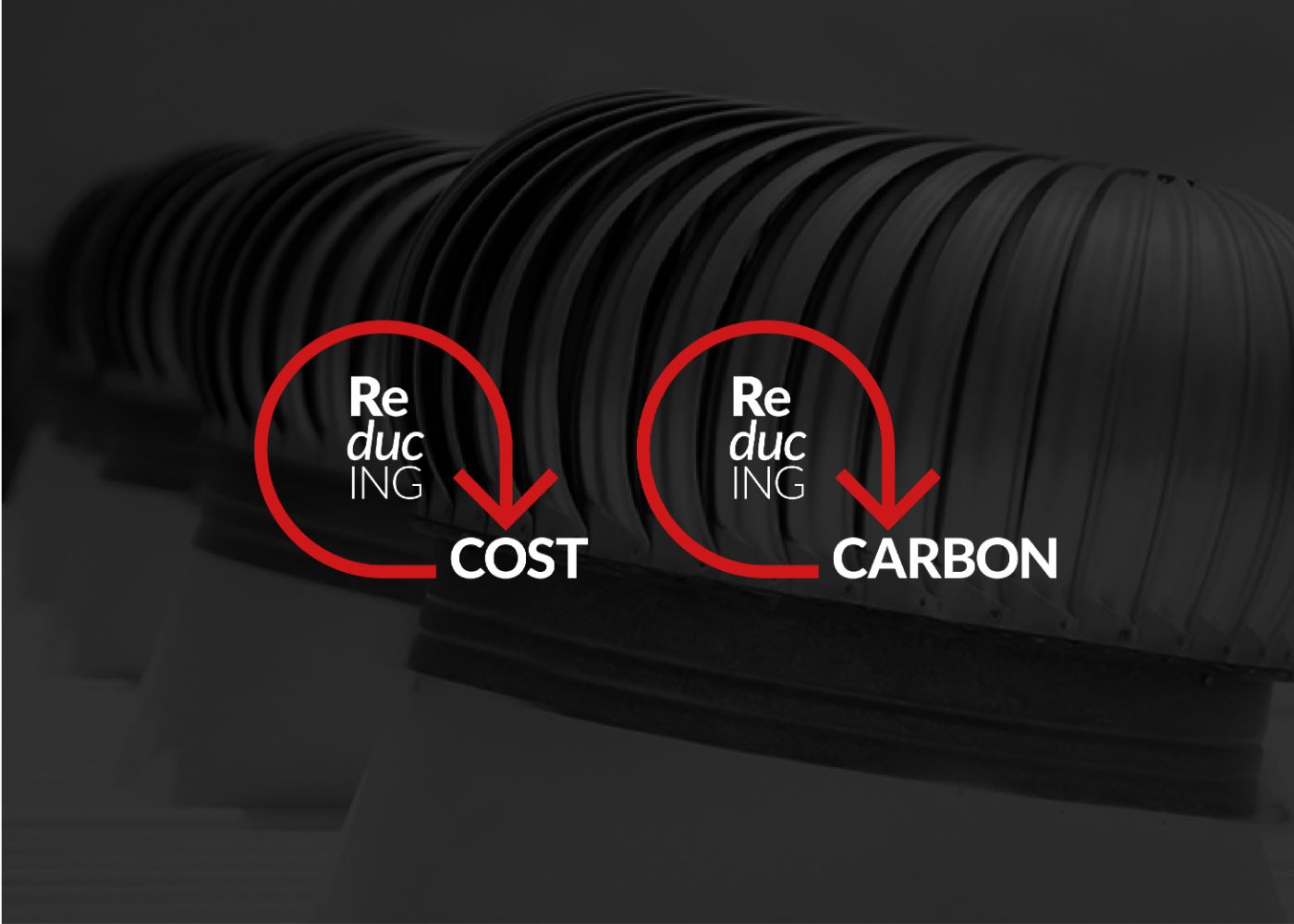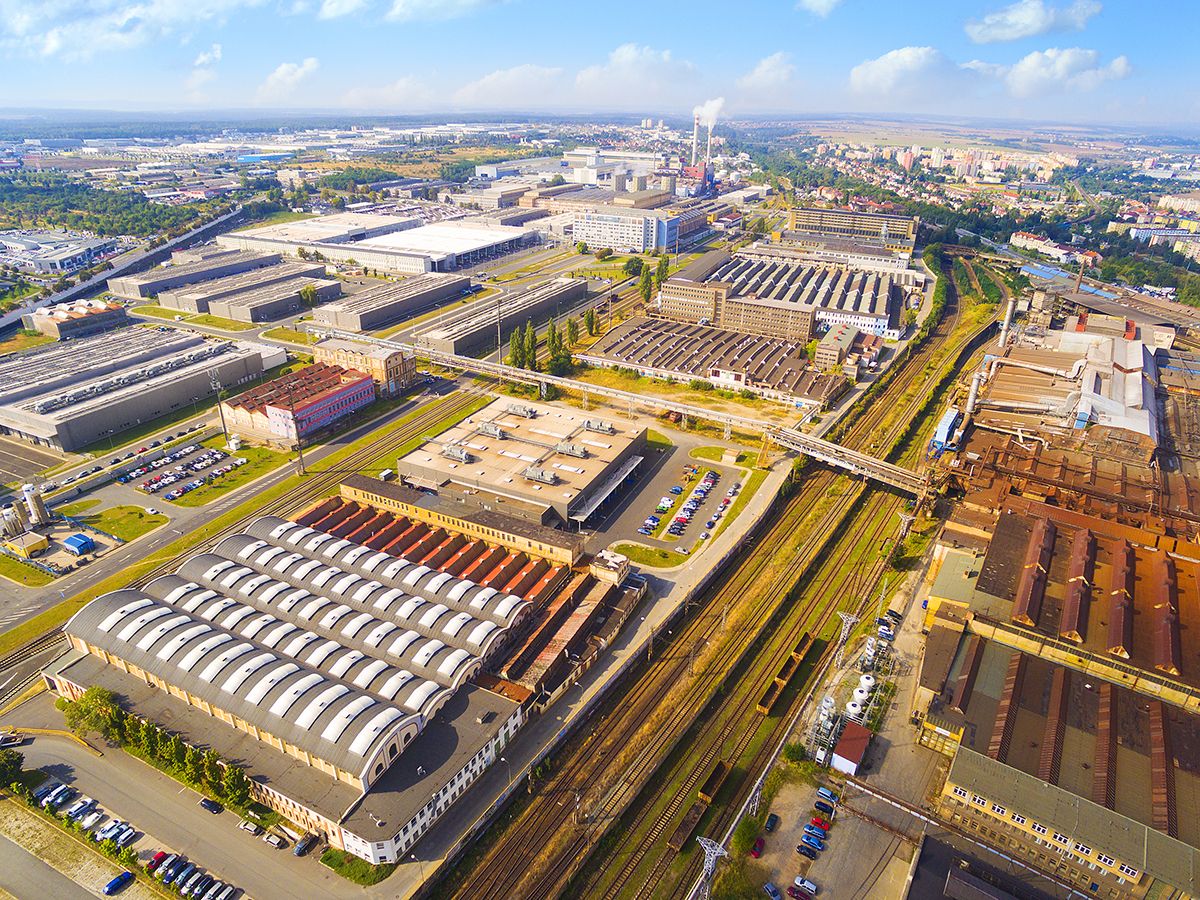Technical Advances see investment in Building Telematics
Data delivered by IoT and telematics has long been a source of value for fleet managers and cash strapped teenagers in pursuit of the independence a first car provides. In contrast, recent findings by GWTInsight indicate that amongst 40 old and new buildings ranging from schools to commercial offices the majority had poorly configured building management systems and only 4 of the property managers responsible for the sites used a data driven approach to improve performance.
There is some evidence to suggest that increasing pressure to risk manage buildings in the Covid 19 shut down, to save money and reduce carbon footprint is leading to greater up take of emerging technology but attitudes towards it in traditional areas remains a barrier.
The ability to make data driven decisions or to initiate positive action requires access to good quality data. It appears that most building management or automation systems fall short with data presentation a problem and many older buildings having independent equipment feedback with no overall picture of performance. Technical problems including multiple protocols, security and connectivity particularly in complex, sensitive or ageing buildings has also been a factor.
Sensor based approaches have been more prevalent in recent years. They are used for specific risks; to guard against legionnaires disease for example or to monitor a factor like air quality in specific areas. But these too lack the ability to identify why bacteria are forming or CO2 rising. To get to the root causes and to understand improvement opportunity visibility of the systems that maintain environments is required. Emerging solutions are making this possible and investment is coming from a surprising source.
The commercial building insurance industry has faced this problem for some time. Underwriting risks across large portfolios of commercial buildings with little detail on condition and how they perform means annual premiums have to cover the blind spots. Armed with real-time insights, alerts and proactive risk management the sector sees the use of IoT and telematics as a root to significant benefits. Lower claim rates, reduced losses in the event of an incident and the identification of cost and carbon reduction opportunities for clients is a big attraction.
Investment in IoT and telematics in commercial buildings is increasing from this surprising direction. It remains to be seen if built environment service providers and operational managers will embrace the opportunities IoT and telematics offers.
For more information contact Iain Wilcox on Iain.wilcox@gwtinsight-com.stackstaging.com and visit www.gwtinsight.com

